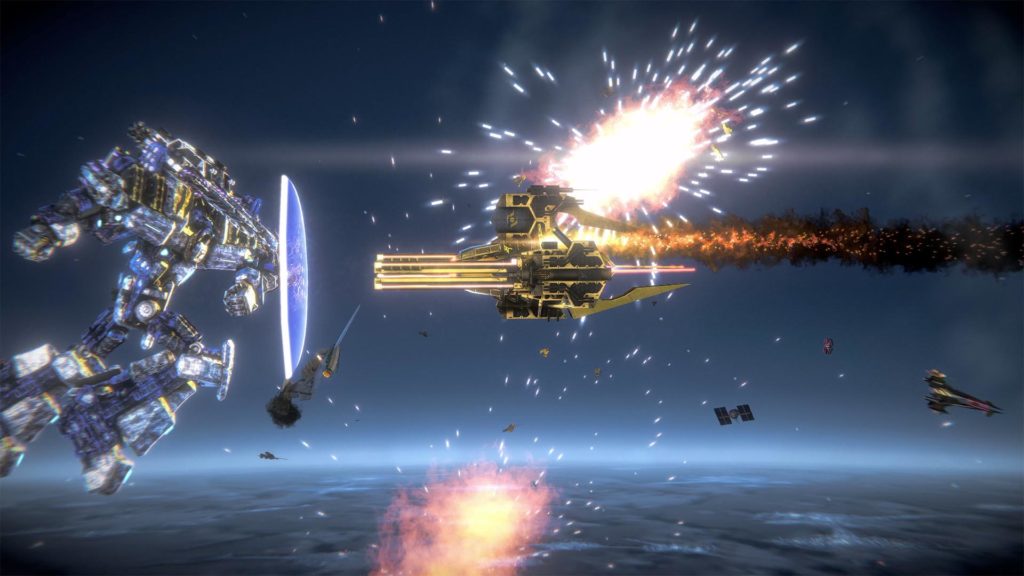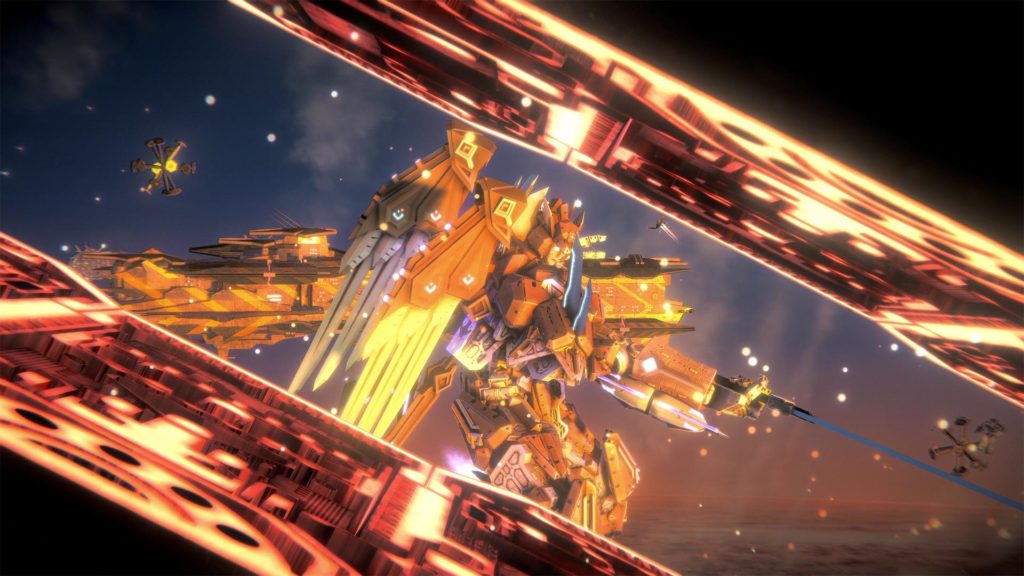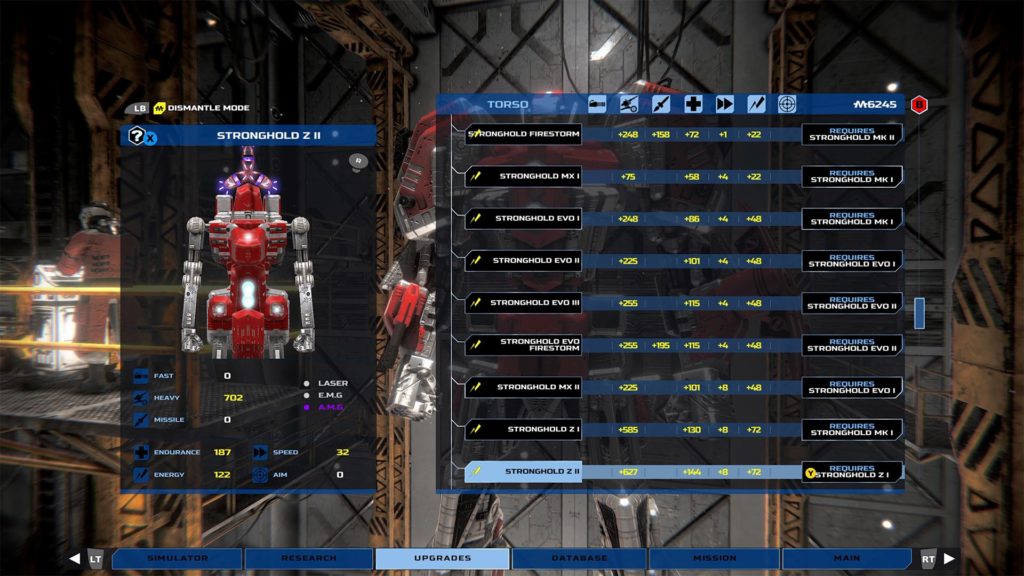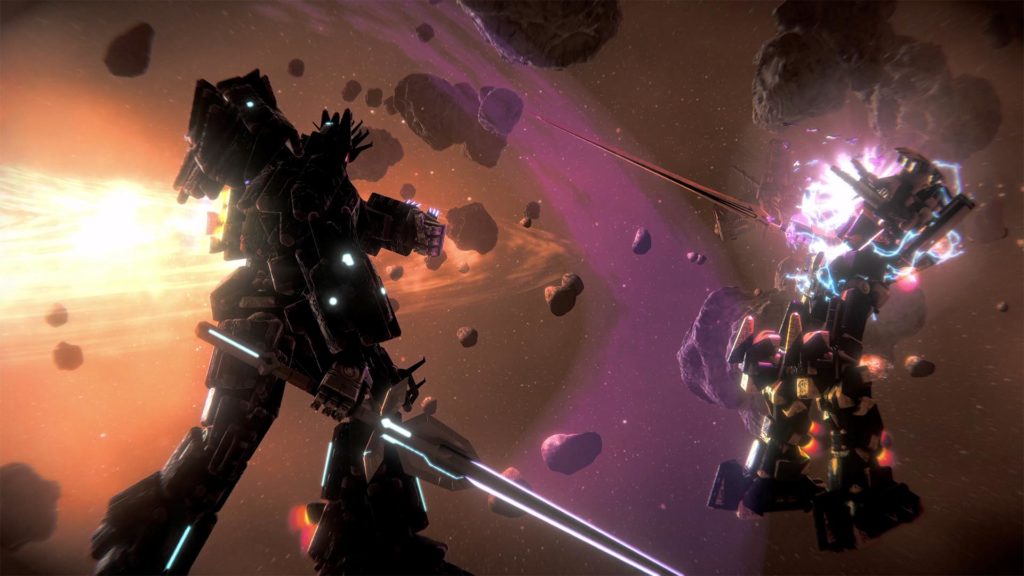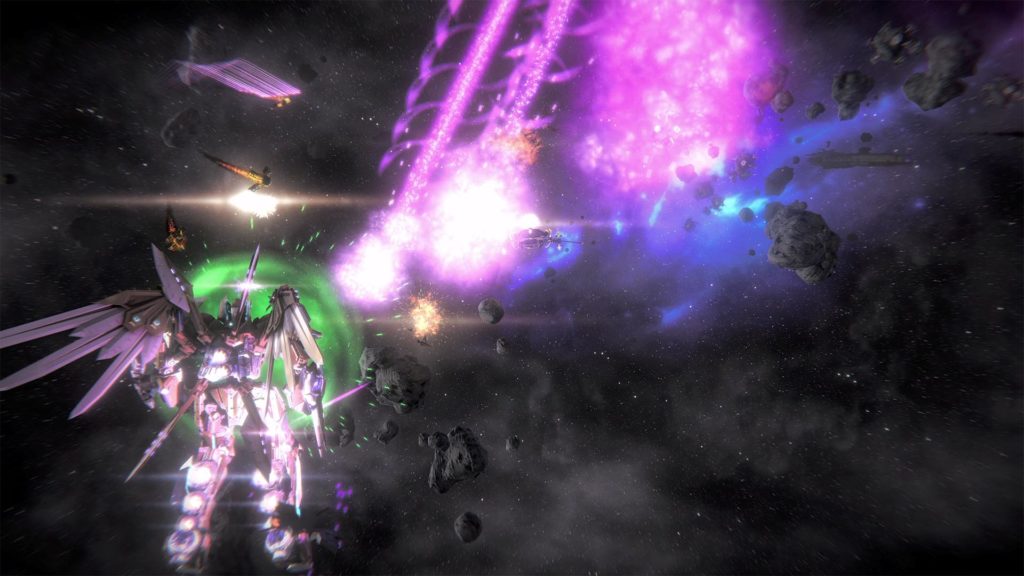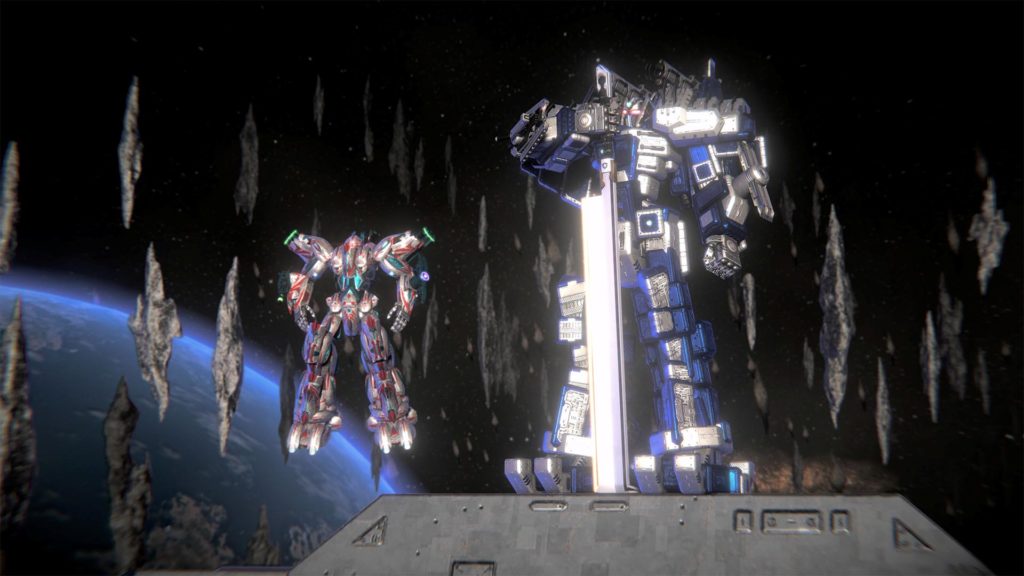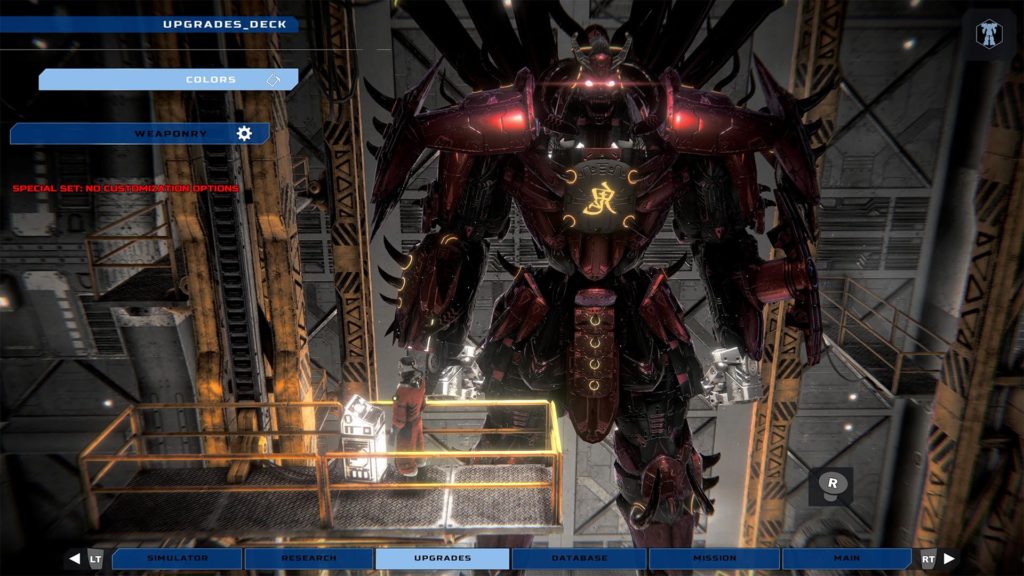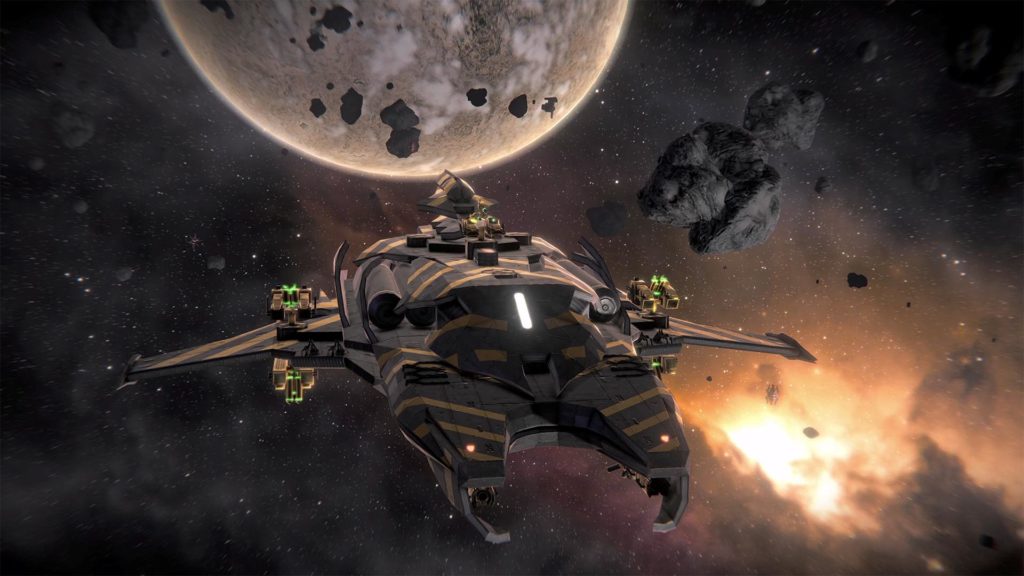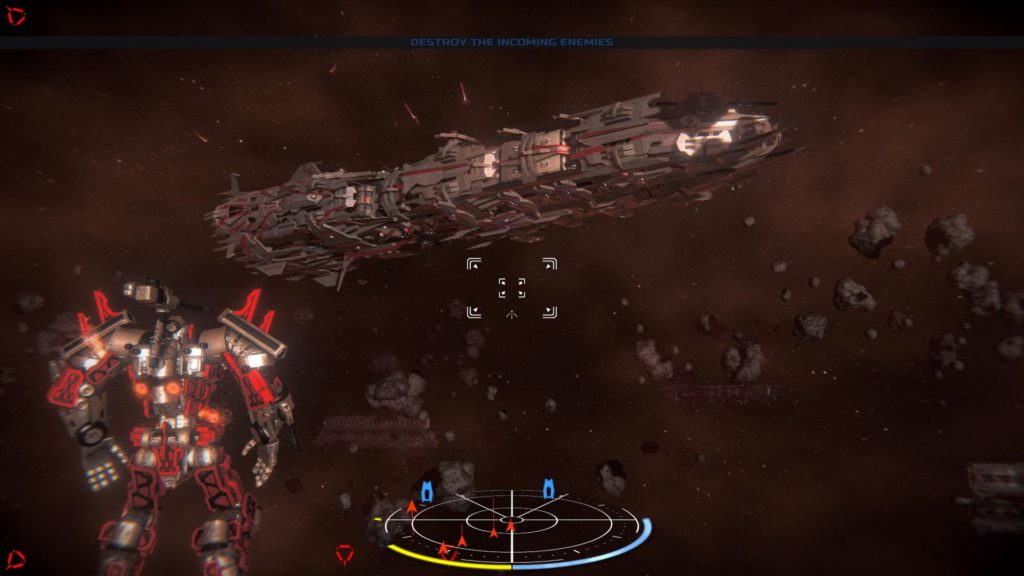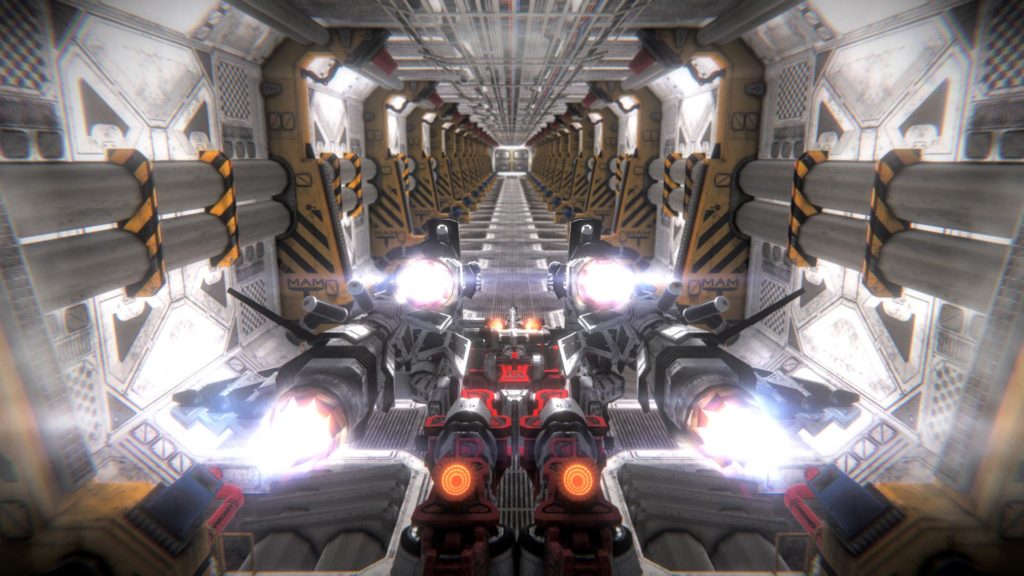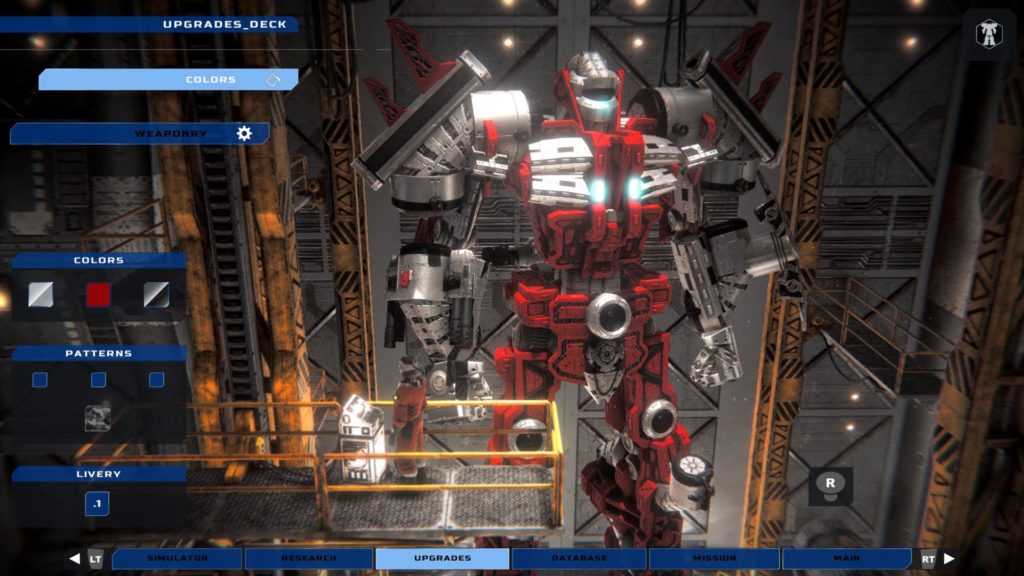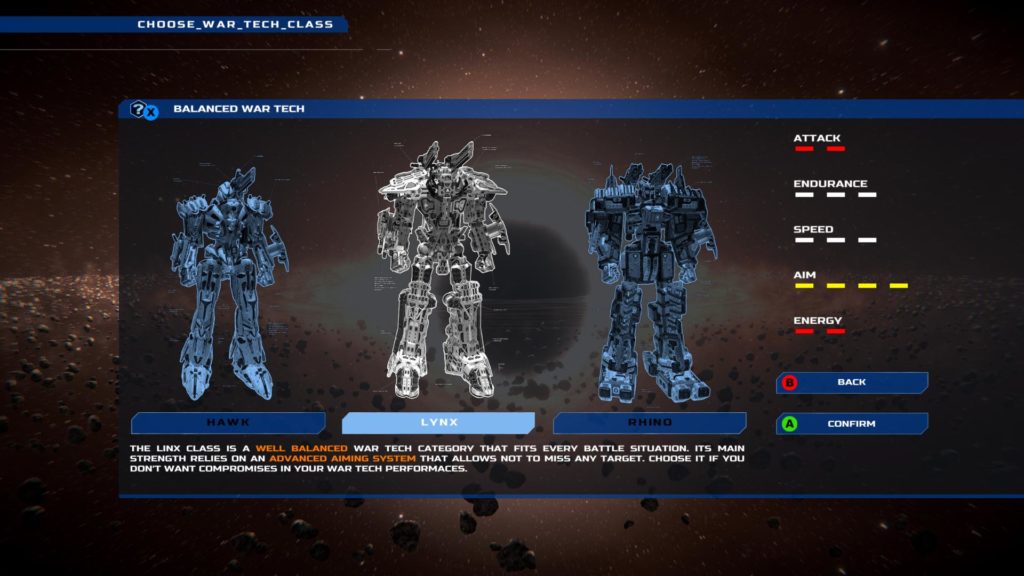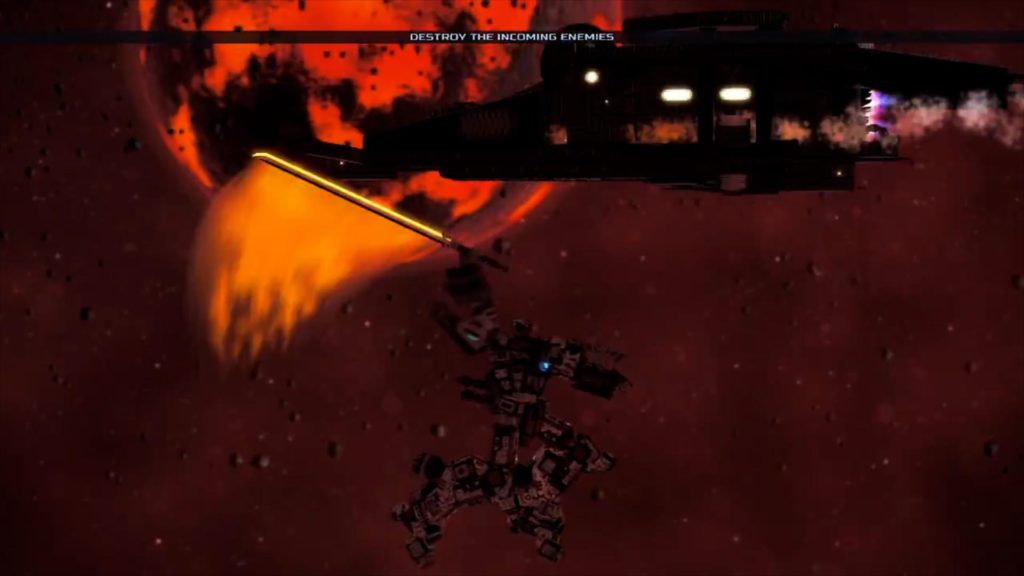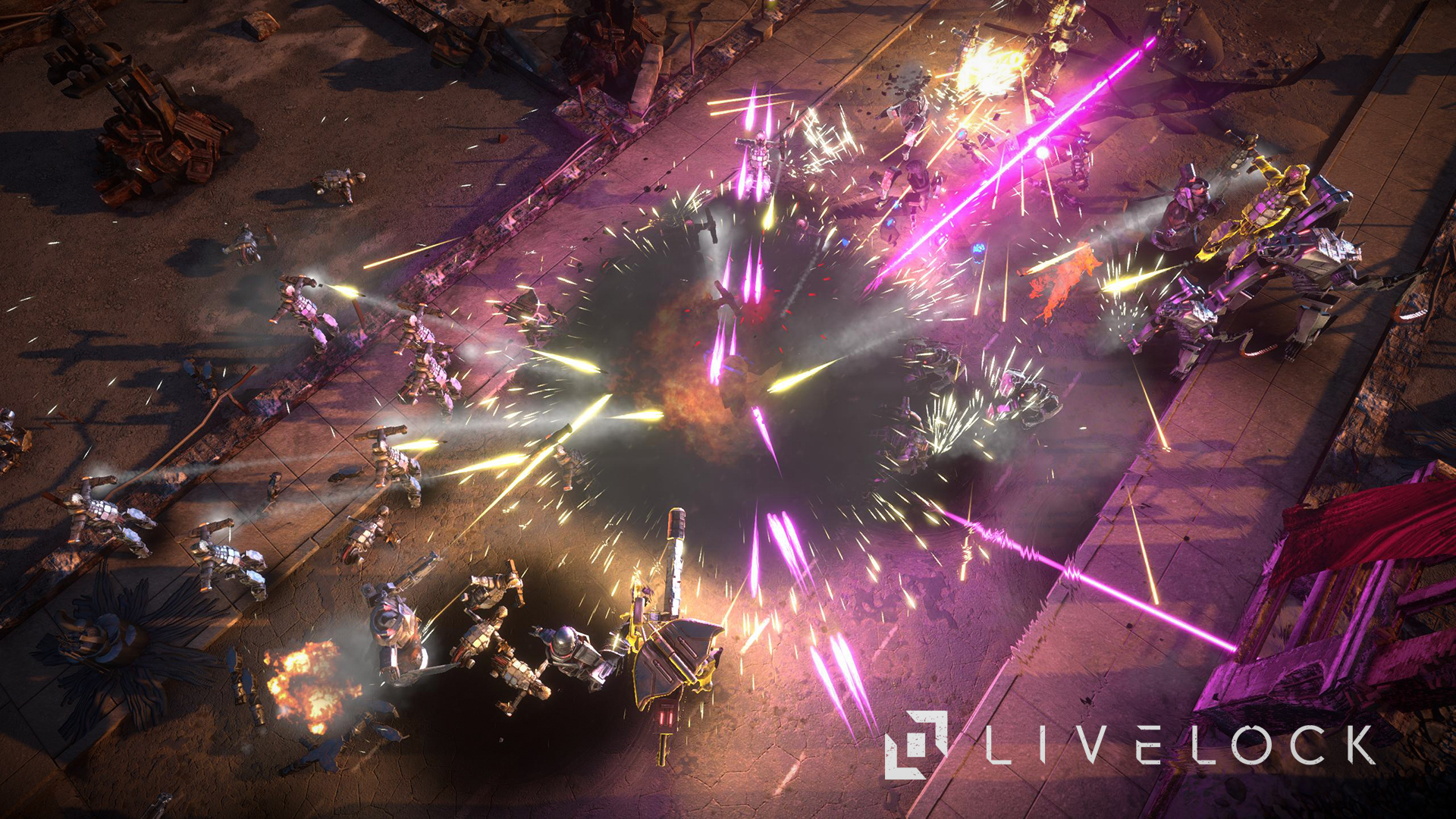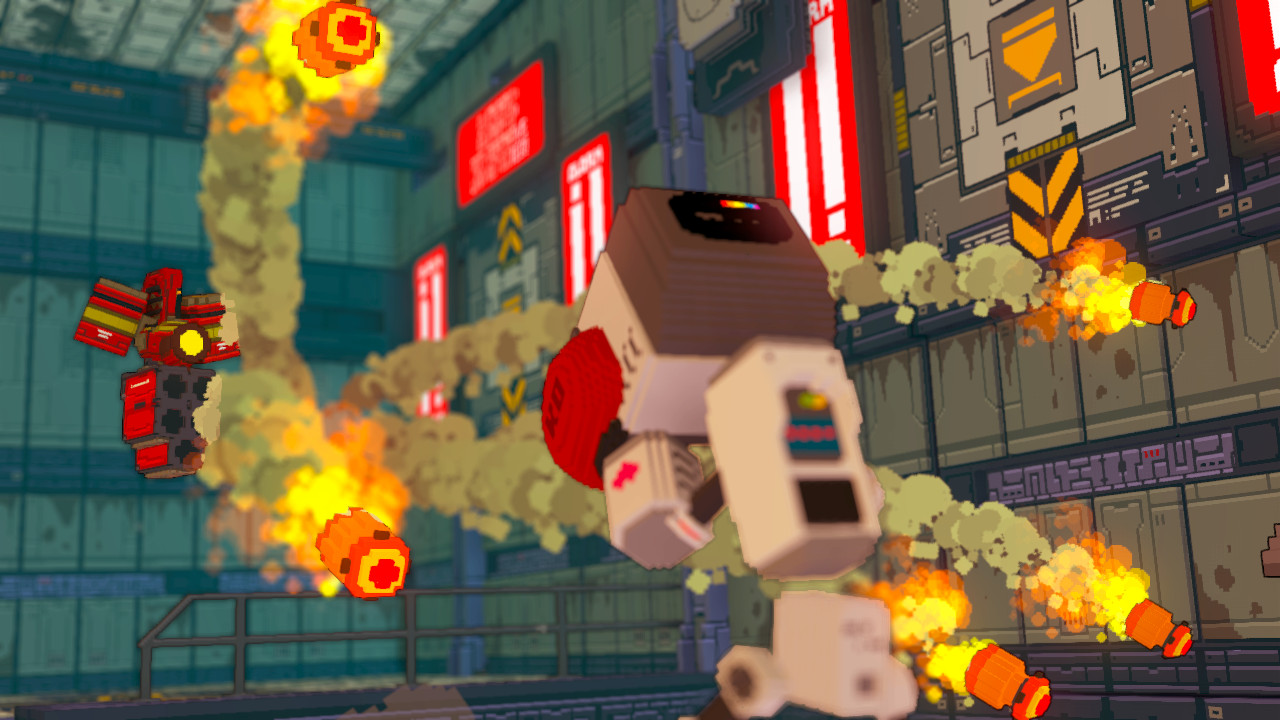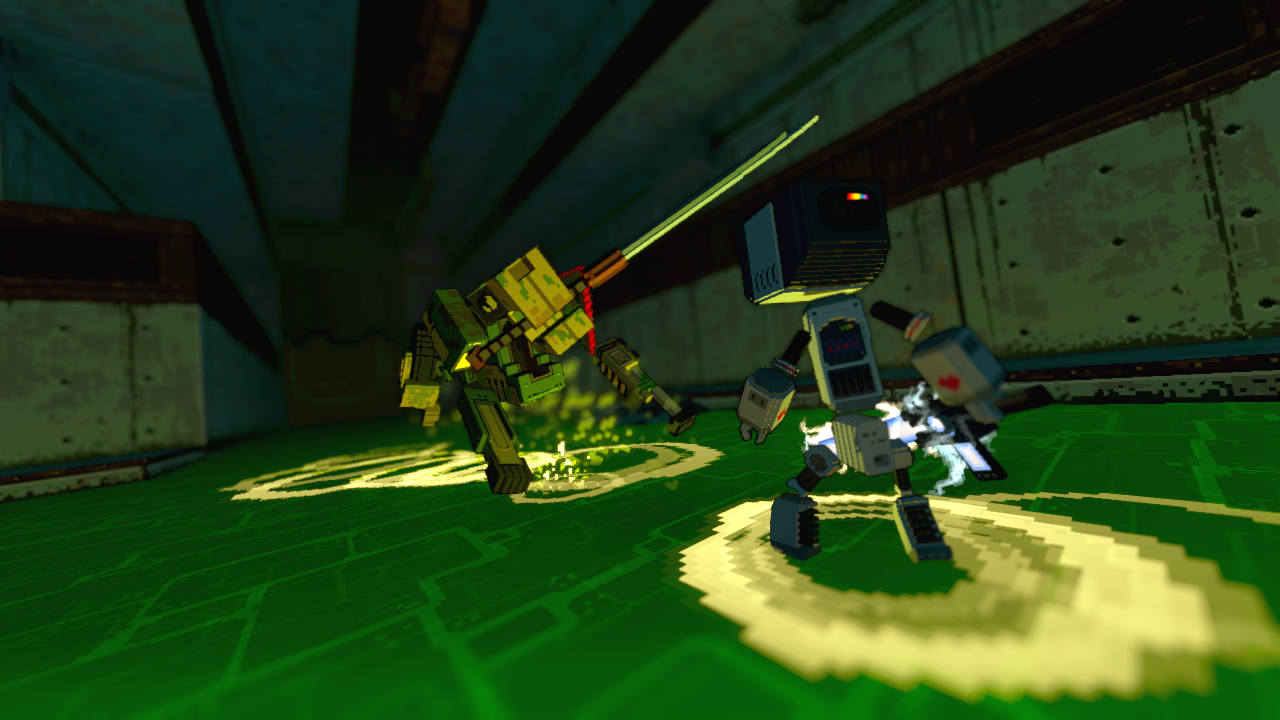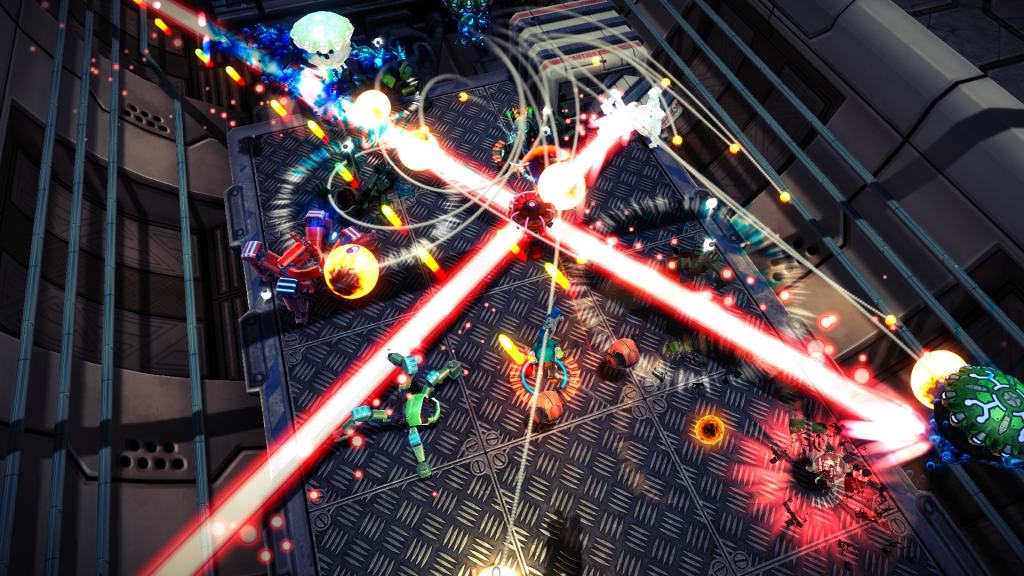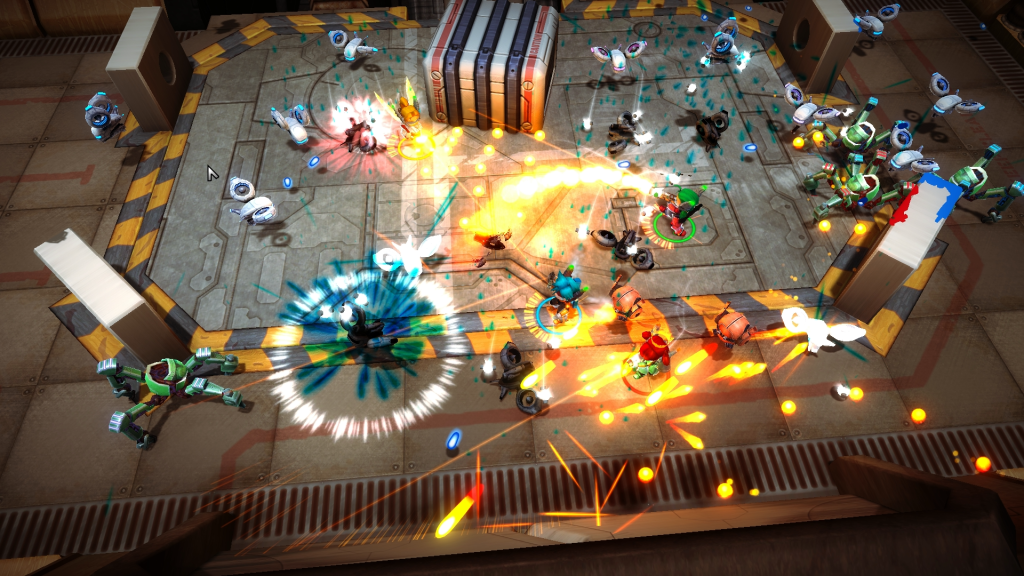While I’m at work, I get to read Yahoo! News. I’ve got plenty of time to catch up on everything that’s fucked up with the world, and all this stuff with WikiLeaks is going off into this weird place with people asking for the death of the founder and all this other conspiracy-worthy nutjobbiness.
Then comes Yahoo! Health. Every time I read one of their stupid ass articles I get angry. I don’t get angry because of the facts they present. I mostly get angry in the WAY they do it. Most of their stupid articles are about how a hamburger from TGI Fridays is the equivalent to 15 large chocolate smoothies or how an extra-cheese pizza is the equivalent to 29 tofu hot dogs without the buns.
But their most recent travesty of the English language comes in the form of an article named “Is Your Health on the Line?” — and if you couldn’t get the pun in the title of the article its about CELL PHONES!!!! OMG!!!! THE LASER BEAMS ARE SHOOTING INTO YOUR BRAIN AND INTO YOUR PELVIS AND ITS GOING TO GIVE YOU CANCER SO STOP USING YOUR CELL PHONE AS AN ALARM CLOCK AND START JUMPING OFF BUILDINGS BECAUSE YOU’RE NOT GOING TO GET AWAY FROM YOUR CELL PHONE’S LIFE-STEALING RADIATION!
So I’m going to break down the article piece by piece, mostly by the quotes that I hate.
“Unless you’ve had your cell phone permanently glued to your ear, chances are you’ve heard the recent health buzz: …”
This opening sentence just rubs me the wrong way instantaneously, and really sets the mood for the whole article. “HAHA FUCK YOU” is what the author is saying to everyone who might fit the description. Gross generalizational remarks such as this are part of the reason why I hate writers who try to make their sensationalist bullshit something you should care about.
“… Mobile devices may cause cancer. While it’s true that the National Cancer Institute has ruled them safe, a growing number of independent researchers disagree.”
Okay. So… they “MAY” cause cancer. However, the leading institute of cancer research says its safe. Soooo…. let’s find some random people who can say otherwise, and call them “independent researchers.” Yes, these independent researchers that you’ve never heard of, but now are making statements that can affect your life and tell you what to do. It’s bullshit like this that makes those random idiots out there say “THEY SAY IT CAUSES CANCER.” Who is the ever elusive “they?” “They” are fictitious “independent researchers” (aka experts, apparently) quoted by terrible writers who nominate themselves for Pullitzers.
Now, let’s take a look at how reliable the National Cancer Institute is. Well, look at that, they have a .gov in their URL. http://www.cancer.gov/. So, a fucking governmental institute that has researched cancer as the sole purpose of their existence is not reliable enough to put the issue to rest. So let’s get all the paranoid idiots of the world hyped up about cell phones shooting dangerous radiation into our skulls since there’s nothing else better to do.
“Most phones do comply with the federal standards, but SAR monitors only thermal effects. (In other words, if the radiation from your phone isn’t cooking your brain, it’s regarded as safe.)”
Sensationalism! YES! :zzz: If a cell phone doesn’t FRY YOUR BRAIN it must be safe!! :zzz: :zzz: :zzz: :zzz: I guess if a cell phone doesn’t signal an airplane to land on your face it’s also safe.
So, apparently there are phones that don’t comply with federal standards, as proven by this article. I would assume if this statement were actually founded, that cell phones that DIDN’T comply with federal standards should be reported. Y’know, since that’s not exactly legal. Or maybe it is. In which case, where can I buy a microwave gun to shoot some people’s ovaries and testicles with so they never procreate?
“But mounting scientific evidence suggests that nonthermal radio frequency radiation (RF)—the invisible energy waves that connect cell phones to cell towers, and power numerous other everyday items—can damage our immune systems and alter our cellular makeup, even at intensities considered safe by the FCC.”
Mounting scientific evidence from the articles own, nameless independent researchers/experts? WHO ARE THESE PEOPLE!
THE INVISIBLE ENERGY WAVES – OH NOOOOO!! They’re invisible! That must mean they’re bad! Hey guess what, you fucktard. VISIBLE ENERGY WAVES have more radiation in them than RF waves! MIND BOGGLING!
Alter our cellular makeup, so we’re mutating right in front of ourselves? Sweet, when do I get to turn into a puddle of water and hide behind the laundry machines?
“”The problem is that RF can transfer energy waves into your body and disrupt its normal functioning,” explains Cindy Sage, an environmental consultant in Santa Barbara, California, who has studied radiation for 28 years.”
OH LOOK! It’s our first independent researcher. Cindy Sage. Hmm… Let’s see if we can find anything about her. But before that, let’s take a look at the “RF can disrupt its normal functioning” statement. What the fuck does she think we are? Robots? We don’t take signals from a cell phone tower to lift our arm, do we? And another thing, “can” is a very interesting word to use. It’s mostly used when you don’t know for sure one way or the other. Meaning… YOU DON’T KNOW what the fuck you’re talking about apparently.
So, Cindy Sage. Who are you and why do you think you’re so smart? Let’s go look at your web site. http://www.silcom.com/~sage/emf/index.html. Wow. So your web site is all about how you can decrease the intensity of electromagnetic fields… among other seemingly random things. And you charge people for it, obviously. So, I see a conflict of interest here. Why wouldn’t you want people to freak out about EMF bullshit when you make money by decreasing the amount of EMF in a given area. Let’s jump to later in the article:
“We’re going to wireless offices and living in wireless homes. Even beaches and parks are going wireless. We’re exposed everywhere.”
Because the sun never posed a threat in beaches or parks before cell phones.
“The good news is that you don’t need to ditch your gadgets. This advice will let you stay plugged in—and keep you healthy.”
Oh, good. After seven paragraphs of saying how terrible any of these wireless “gadgets” are, you say we can keep them. How terribly contradicting. Yet, it soothes the minds of your readers after you’ve insulted them, because they can’t live without their high tech gizmos and gadgets. I guess Aeriel from Little Mermaid got a brain tumor since she spent so much time with cell phones sailors dropped in the ocean.
“When your phone is on (which it probably is even as you read this) it’s constantly sending and receiving RF signals… The activity really amps up when you’re, say, driving through rural areas. Plus, within the close confines of a car, your entire core is exposed to the radiation.”
Oh no, my tumorous-causing, cancer-causing, soul-stealing cell phone is on and sending my position to the aliens!
I find it very misleading that “within the close confines of a car” you are exposed to MORE RF from your cell phone than if you aren’t in a car. How does a cell phone’s RF signals all of a sudden expose your “entire core” to radiation as opposed to outside of your car? It’s in the same place relative to your body. If anything, the RF signals would be absorbed by the car around you instead of shooting into the 6 year old kid you always seem to have next to your cell phone so you can give them brain cancer. Being in a car doesn’t do anything more than being out of a car. In fact, having your windows closed avoids radiation from a more powerful source of energy – ULTRAVIOLET. Yeah, remember that? That’s actually something to be mindful of.
“The safer solution: Keep your phone off when driving until you really need it, says Carpenter.”
Well, Carpenter is an idiot. How would we be able to desperately call for help in a car crash if our cell phone was off? We’d have to wait 15 seconds for the cell phone to come on, and by then you could have already gone into cardiac arrest. So, fuck that! But, at least the bonus is you don’t have to worry about RF waves shooting into your exposed liver as your bleeding all over your face in an car turned upside down in the middle of the freeway.
“And no matter where you are, avoid holding a cell phone directly to your noggin… and use either speakerphone or a corded headset (not a wireless headset).”
So I guess if I’m in public it’s okay for people to hear both sides of the conversation, not like private information being leaked around is worse for you or anything.
“If you have a smartphone that’s loaded with games, music, and movies, turn your wireless settings off while playing or rocking out.”
I HATE PEOPLE WHO SAY “ROCKING OUT.” FUCK YOU. I AM NOT ROCKING OUT, IT IS A FUCKING SONG THAT I LIKE TO LISTEN TO.
“Cordless Phones
These stealth wireless threats “have become so powerful, they’re often as strong as cell phones,” says Sage.”
My God. They’re like worse than a Stealth B-2 Nuclear Bomber, the way they write this article. At least we can control nuclear bombs.
“Preliminary blind studies have found that, when sitting beside a DECT phone base, some people experienced arrhythmia, a troubling heartbeat irregularity that could eventually lead to stroke or coronary disease, says Sage.”
If RF signals do that by themselves, then there must also be a frequency that stops arrhythmia, too!
“If the whole body is radiated by a router’s RF emissions, the greatest concern is cancer, especially leukemia,” says Carpenter. Also, be aware of your at-home router and any plug-in wireless USB cards you often use.“
So, lets get this straight. Wireless Routers cause leukemia. Cordless phones cause arrhythmia. Cell phones cause brain tumors and/or cancer. Sounds totally real yet so very unproven!
“That Ethernet technology doesn’t leak RF and is often faster and more secure.”
So bad. They make it seem like anything that uses RF technology UNINTENTIONALLY shoots out its RF signals. As if that’s not what it’s designed to do!
“If you just can’t give up your wireless router (e.g., if you live in a home with a handful of computer users), make sure you sit as far away from it as possible, says Crofton, and turn it off at night and whenever you’re not online.”
That defeats the purpose of a wireless router. Sitting as far away as possible from a wireless router gets you shitty reception. Why would you want shitty internet intentionally?
“When you hold your laptop on your lap, what you’re essentially doing is radiating your pelvis,” says Carpenter, …”
And Laptops make you sterile…
“Indeed, early studies point to a heightened risk of testicular cancer for men who keep RF-emitting devices close to their belts.”
…give you testicular cancer…
“For women, adds Carpenter, “the studies aren’t quite there yet, but I think we can say that anything that might cause cancer almost always causes birth defects, so pregnant women—or those wanting to become pregnant soon—should take extra precautions.”
…give you ovarian cancer and makes your babies downy babies. Death to RF! I mean, death to light! Does that make sense?
“The safer solution: Keep your laptop off your lap (if you have to rest it there, buffer it with a sturdy pillow that’s at least six inches thick).”
Because pillows absorb RF light or something? How is a pillow supposed to stop that if it isn’t opaque to RF light? It could be translucent, for all we know, depending on the material your pillow is made of, and the RF waves just go right through the pillows. Not to mention you are creating a FIRE HAZARD by putting your laptop on a pillow and having the laptop heat up and possibly start smoking and blow up and burn you and your pillow and your ovaries and your house down. Smart people are really dumb.
“Try to use a desktop computer at home and treat your laptop as an on-the-go convenience.”
Isn’t the reason that most people have a laptop because they don’t have room for a desktop?
“One thing to keep in mind: Laptops are a high RF radiation risk only while connected to wireless Internet, so when you’re watching a DVD, fiddling around with your photos, or writing that dissertation, just disable your connection and you’ll be much safer.”
Safe from what? The invisible cancer waves? I guess fiddling around with your secret porn collection is just as dangerous in the end, you never know who might see you doing stuff with them, and use that as justification to murder you. Guess you don’t have to worry about invisible threats of cancer when you’re DEAD from an abusive relationship.
“Baby monitors release more RF than cell phones do, and putting them next to a crib is very, very unwise,” says Carpenter. He points to a recent University of Utah study that shows RF radiation can penetrate almost entirely through a child’s brain, which doesn’t form completely until nearly 20 years of age. “It’s very clear from all the existing research that the younger the child is, the more vulnerable he or she is to the effects of RF radiation.”
In one temporal lobe and out the other, I always say (I don’t)! Did all of that “existing research” also say that the younger a child is, the more vulnerable they are to BELIEVING STUPID SHITTY ARTICLES ON YAHOO HEALTH?
“The safer solution: Consider not using a baby monitor. If you absolutely must use one, place it far from your baby’s crib—at least 10 to 15 feet away.”
That way it makes it easier for you to not know if your baby is in need of help! Or makes it easy for some random guy to come in and steal your baby! Guess you don’t have to worry about brain tumors and cancer when you don’t have a baby anymore. Also, if there’s nothing in between the baby and the monitor, THE LIGHT DOESN’T GET ABSORBED. In fact, you’re making sure to shower your baby’s WHOLE BODY with RF waves, and making everything around him absorb RF light as well so they can sleep in an irradiated crib. According to the article’s logic, anyhow.
In conclusion, there is no conclusion. This article is full of stupid crap and is trash. This is one of the worst articles I’ve ever read.

